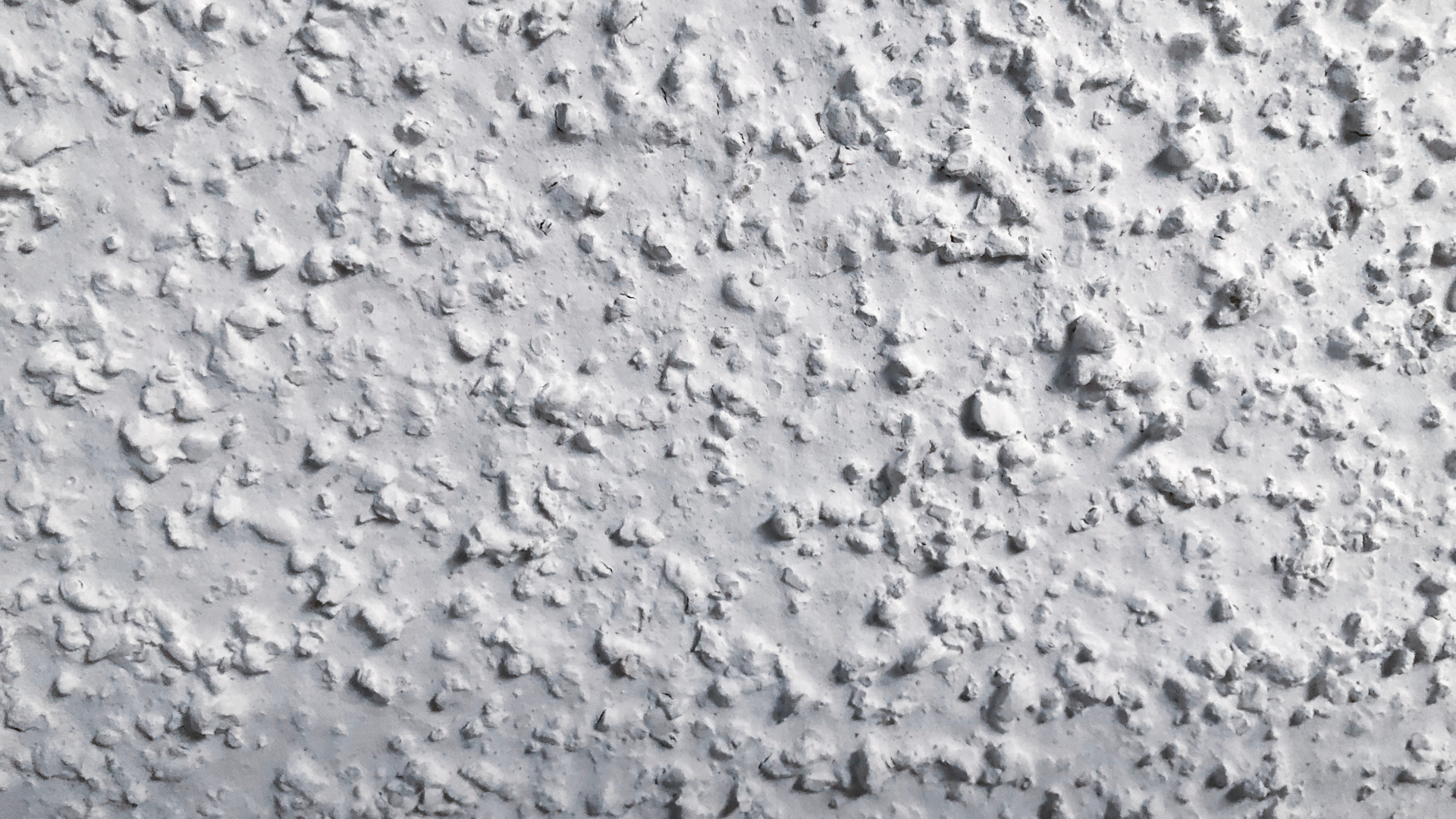There are rare instances where popcorn ceilings are a good thing. If walls in your home are exposed instead of covered with drywall, you can certainly opt to keep the popcorn texture, as it adds character to the space. However, once you do, you’ll be stuck with it. And, yes, that means you must figure out how to remove popcorn ceilings. Removing popcorn ceilings isn’t all that difficult, but you should take the proper precautions to ensure you don’t accidentally damage the drywall.
Popcorn ceilings are notorious for attracting dust and cobwebs. They are more likely to develop mold. These ceilings are also quite difficult to clean, making maintenance quite a task. Mold can be very dangerous as it can cause allergic reactions, and respiratory issues and can also result in property damage. If you think there could be mold on your ceiling, you should look into mold testing in Washington, NJ (or one that is close to your location) and have it checked out immediately. Severe mold issues are best-treated by professionals, especially on a tricky structural construct like a popcorn ceiling.
Similarly, since these kinds of ceilings are more susceptible to water damage, it can also be unattractive to look at. Any leaks caused in the walls can result in brownish stains on the popcorn ceilings, giving it an unpleasant appearance. Just like the aforementioned situation would require a visit from roofing professionals, it might also be necessary to call in Water Damage Restoration services to ensure that there are no foundation issues caused by leaks and plumbing.
The benefits of popcorn ceilings
Popcorn ceilings are one of the most iconic and distinctive features of the 1950s and 60s homes. They were first popular in the 1950s and were soon followed by other ceiling textures like faux tin, ceiling tiles, and faux wood. The popularity of these ceilings led to their installation in nearly every home built at that time.
The drawbacks of popcorn ceilings
Many older homes still have ceilings adorned with popcorn. While popcorn ceilings can be attractive, they aren’t as attractive as they used to be. They are undesirable for several reasons. They cause a significant amount of dust to become trapped in the fibers of the ceiling. Dust can cause allergic reactions, including asthma attacks. Also, these ceilings, in addition to being dirty, have also become discolored over the years. People who sell your home will have to paint the ceilings to get rid of the popcorn.
Additionally, popcorn ceilings can be affected and damaged by water leaks. In such a case, it is advisable to investigate the cause of the water leak. Ensure to check if the leak is due to plumbing issues or a leaking roof. If you are unable to figure it out, you might consider seeking help from roof repair huntington wv (if you are based in this location) companies or plumbing agencies, depending on the type and severity of the situation. Professionals from these companies can assist you in preventing water leaks, thus preventing the popcorn ceiling from further damage.
Furthermore, it’s important to recognize that water leaks can also originate from gutters. Regular inspection and maintenance of gutters are essential to prevent water seepage into the home, which can lead to ceiling damage. Enlisting the services of reputable firms like Idaho Seamless Gutter ensures that gutters are in optimal condition, minimizing the risk of water damage to ceilings and other parts of the home. Investing in professional gutter maintenance not only protects your property but also preserves its value for years to come.
3 Simple Steps in Removing a popcorn ceiling yourself
Gather the proper tools for the job
If you’re a complete novice to construction projects, you may be under the impression that you need all of the fancy tools used by professional building contractors. But the truth is that most of those tools are unnecessary and could cause more problems than solving them. For example, when remodeling your kitchen or bathroom, you want to buy quality hand tools from trusted brands. These will be the only tools you need, including a hammer, tape measure, screwdriver, utility knife, screwdriver, and utility knife. These simple items will allow you to complete all basic tasks-and avoid expensive mistakes-without breaking the bank.
Protect the room and yourself
The importance of protecting your home is vital after any disaster. During a disaster, you may face situations requiring you to use your home’s defenses. Since your home may not look the same as it did before, it is also important to protect your home from situations like burglary or injuries. After a disaster, a room may require special attention because it is often the least accessible part of your home.
Remove the popcorn ceiling
Popcorn ceilings are a thing of the past. They’ve been banned in federal homes since 1978 and were removed from the majority of U.S. buildings by 1988. If your house was built before then, there’s a decent chance it has a popcorn ceiling. If you live in an older house or you love the look of a popcorn ceiling, popcorn ceiling removal yourself isn’t as hard as it looks. As long as you recognize what you’re getting into, popcorn ceiling removal is a fairly basic process.
How to cover a popcorn ceiling without removing it
A popcorn ceiling hanging overhead can ruin the look of a room. This textured coating on ceilings can make the ceiling look dirty and dingy. Luckily, covering popcorn ceilings is not as hard as you might think. Some ceilings can be fixed by covering them with drywall, but if your popcorn ceiling includes water damage or is so damaged that it can’t be repaired, your best bet is to remove it completely and install a smooth surface.
Popcorn ceilings are a thing of the past. New housing codes have outlawed textured ceilings in new homes and new housing, making way for smooth drywall ceilings. However, they are still found in older homes. If you have popcorn ceilings, you should consider getting new drywall or installing it yourself.

